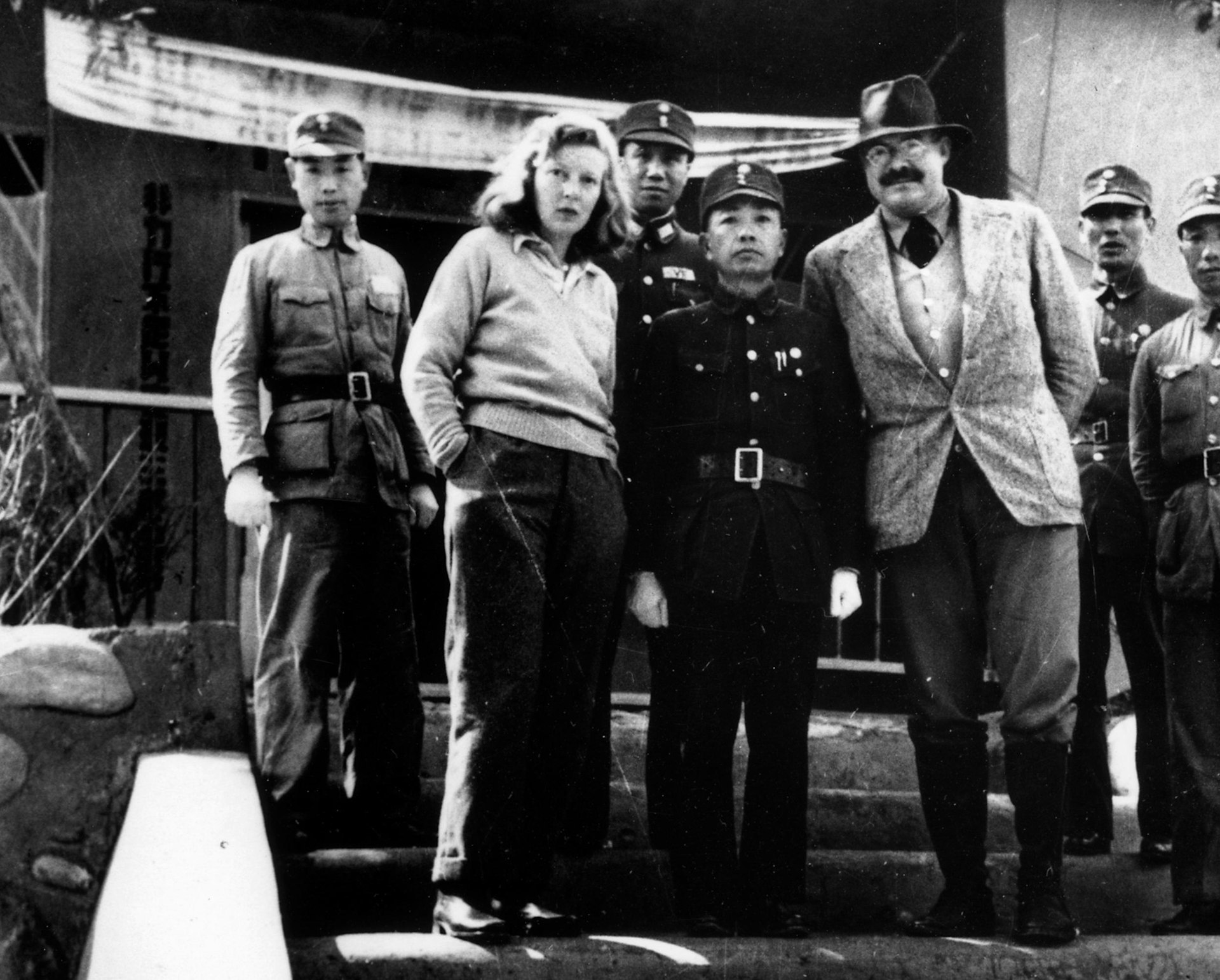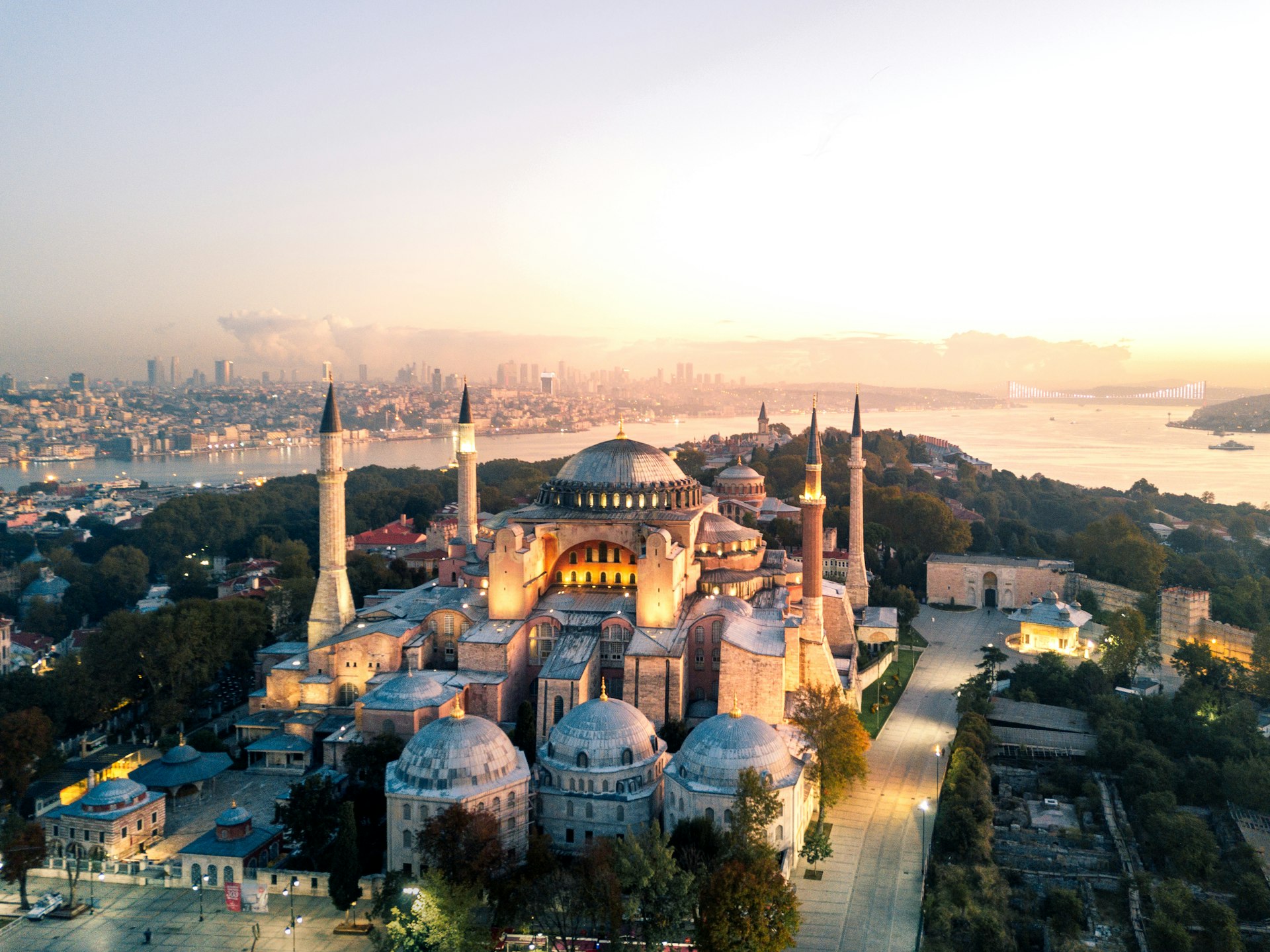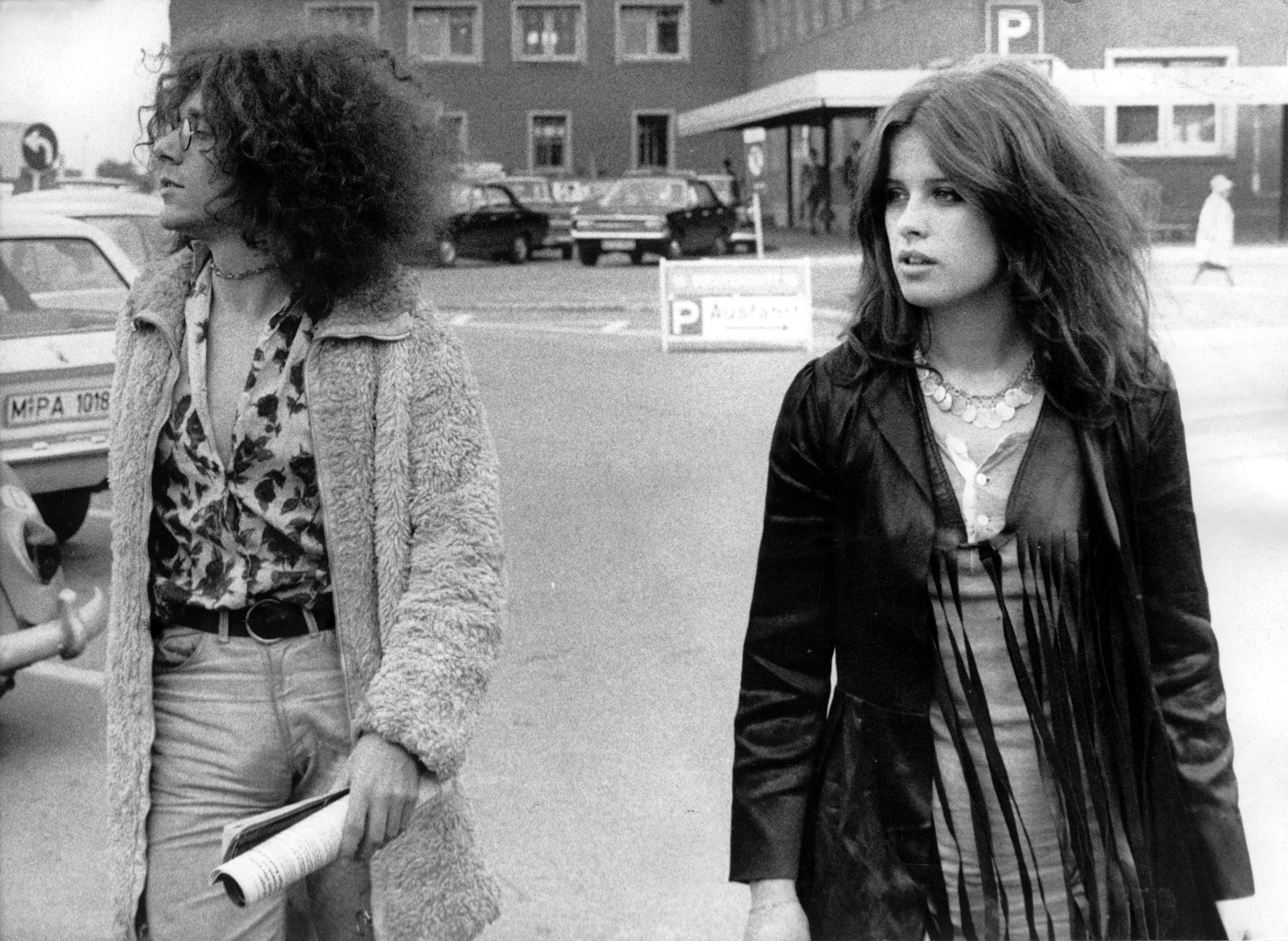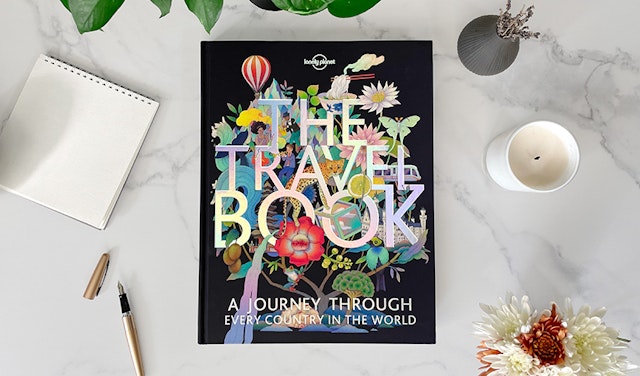Travel is more accessible than ever before, but it can sometimes be easy to forget barriers do still face many travelers and would-be travelers around the world. But throughout history there have been many people who have pushed the boundaries, expanding the world for themselves and those that follow. In honor of International Women’s Day, we are celebrating some trailblazing women travelers who can inspire your next trip.
Generations of rule-breaking women walked so today's women could run – both figuratively and through airports, boarding pass in hand, carry-on roller in tow. These tenacious adventurers broke the conventions of their day, not only defying ideas about where women could and could not go, but also defying racial barriers and notions of athleticism, bravery, and endurance.
If you want to learn more about rule-breaking women who embraced travel alone and together, these ten set the bar. From the islands of the Caribbean to the highest mountain summits in the world, their stories just might inspire you to go further than you thought possible.

Martha Gellhorn
"I had been a traveller all my life, beginning in childhood on the streetcars of my native city... and I had been hard at the real thing since my twenty-first year, when I decided that it would be a good plan to see everywhere and everything and everyone and write about it," writes famed foreign correspondent Martha Gellhorn of her decision to drop out of Bryn Mawr in 1927 and simply start doing the work.
Gellhorn was never one to play by the rules. Her storied career had great highs – like working with First Lady Eleanor Roosevelt and photographer Dorothea Lange – as well as devastating lows, such as reporting firsthand from a newly-liberated Dachau and the bedsides of napalm victims in Vietnam. Often it was a mixed bag, like when she stowed away in a hospital ship lavatory to become the only woman to report on D-Day from the beaches of Normandy, measures she was forced to take because women were barred from combat and her husband Ernest Hemingway sneaked her official press credentials.
Travels With Myself and Another is a memoir that captures the moments in between – travels for personal pleasure as well as work across Russia and Africa, often solo, or with Hemingway to China (though she cannily declines to name the man who often overshadowed her impressive accomplishments). It's a vibrant look at a kind of travel, and proximity to world events, few have a chance to experience.

Ida Pfeiffer
In 19th century Europe, a woman traveling alone was rife with impropriety – the only thing that was worse, in fact, was if she dared write about the adventure publicly afterwards. Fortunately that didn't deter Ida Pfeiffer, one of the first solo female travelers to get famous for not only setting out on her own, but penning best sellers about her experiences, starting in 1842 with Journey of a Viennese Lady to the Holy Land.
Pfeiffer was in many ways an unlikely heroine. She had neither youth nor independent wealth when she set out on what she told friends and family was a religious pilgrimage to Constantinople. In reality, she traveled not only to Turkey, but also Palestine, Egypt, the Black Sea, and Italy. She was so inspired that she planned even more ambitious trips in the decade that followed, including two around-the-world voyages and trips to such far flung destinations as the South Pacific. By the time she died, she'd not only lived life to the fullest, she'd paved the way for a new generation of Victorian solo female travelers.
Junko Tabei
Born in Fukushima in 1939, Junko Tabei fell in love with mountaineering at a young age, in an era when few Japanese – and fewer women – engaged in the sport. At age thirty, she founded a women's mountaineering club to carve out a space for herself and fellow female climbers, and just five years later had led teams to successfully summit both Annapurna III and Mt Everest. She continued to climb mountains on every continent and in 1992, at age 53, became the first woman to complete the storied Seven Summits.
Taibei wrote extensively about her love of nature, her adventures in the mountains, and her experiences with both motherhood and grief – but until recently her essays hadn't been translated into English. In Honouring High Places: The Mountain Life of Junko Tabei, Yumiko Hiraki and Rieko Holtved make Taibei's reminiscences accessible to a wider audience, and capture the highlights of an extraordinary life.

Aimée Crocker
Not all the female solo travelers who captured readers' attention during the 19th century were as mild mannered as Ida Pfeiffer. Some were hell-raising young bohemians like Aimée Crocker, a California railroad heiress who didn't mind shocking high society with her boy-crazy exploits, mystical visions, and international adventures that would make Indiana Jones blush.
In 1936, no longer a wild child but a doyen of women's world travel, Crocker wrote about her youthful affairs with bullfighters, yoga, séances, tattoos, royalty, snakes, and warlords in the defiantly titled And I’d Do It Again. True to form, it's book that's as much about rejecting convention and shocking delicate sensibilities as it is about the exotic destinations where Crocker found five husbands, a lifetime of stories, and herself. But Crocker walked so women like Uschi Obermaier and Kristin Newman could run.
Zora Neale Hurston
Most famous for novels like Their Eyes Were Watching God, Zora Neale Hurston was also an avid traveler and anthropologist. She was born in Alabama and raised in Florida in an age when many Black people relied on guides like the Green Book to travel with even a small modicum of safety. Hurston eventually got into college and began a career of literary and academic achievement that included trips through the Caribbean and Jim Crow American South learning and writing about the culture and folklore of the post-slave-trade African diaspora.
Throughout the mid to late 1930s, Hurston spent time in Jamaica and Haiti as a Guggenheim fellow researching Tell My Horse, a deep dive into the world of genuine voodoo and obeah spiritual practices. She writes beautifully about the landscapes of the British West Indies, bringing literary flare to what could easily have been a more straightforward, academic text or travelogue. But Hurston's perspective as a Black American gives readers glimpses into worlds that not all travelers can access.
Isabella Bird
The first ever woman to be admitted to the Royal Geographical Society, Isabella Bird was one of the best-known female solo travelers of her day. She rode horseback through Hawaii (then called the Sandwich Islands) and the Rocky Mountains – the latter was still brand-new and exotic even to many Americans.
Her accounts of traveling through Estes Park – not yet the gateway to Rocky Mountain National Park, which wouldn't be designated for another 42 years – as well as parts of Colorado and Wyoming captivated audiences, though she faced harsh winter weather, rough terrain, and rougher characters. Someone Bird called "Rocky Mountain Jim" sounds like a character straight from a Western romance when she described the one-eyed outlaw as "a man any woman might love but no sane woman would marry."
Though she briefly married a Scottish doctor after moving on from Jim, he died just a few years later. As a widow, Bird continued traveling – and writing about her adventures – for the rest of her life. Her peregrinations included long stints in China, Tibet, India, Iran, and Turkey, as well as Korea and Morocco. When Bird died in 1904, she was in the midst of planning a return to Asia, indefatigable as always.

Stephanie Elizondo Griest
Born the year before the fall of Saigon and raised in south Texas in the last decades of the Cold War, Stephanie Elizondo Griest was taught from a young age that communism was the enemy and that speaking Spanish was a shameful tie to Mexico. Eager to leave Corpus Christi behind and, like Martha Gellhorn, harboring youthful dreams of becoming a foreign correspondent, Griest asked a working journalist how to follow in the same line of work. He told her to learn a foreign language – specifically, Russian.
What followed was an unexpected four year foray into the heart of the Communist Bloc as Griest traveled to Russia, the Czech Republic, Latvia, Lithuania, Estonia, China, Vietnam, Mongolia, Uzbekistan, Kyrgyzstan, East Germany and Cuba in the years just following the fall of the Berlin Wall, from 1996 to 2000. Around the Bloc is a memoir of one young Chicana woman's travels off the beaten tourist path behind the former Iron Curtain, a journey that changed her assumptions about both politics and her own Tex-Mex heritage.

Freya Stark
Before there was Lawrence of Arabia, there was Freya Stark, a solo female traveler who is best known for her forays into the inter-war Middle East. Stark grew up as part of an artistic family in Italy before joining the Red Cross during WWI – an experience which, coupled with the premature death of her sister, inspired her to take a carpe diem approach to life.
In the late 1920s, Stark set sail for Beirut and worked her way into Syria, Lebanon, Iran, and southern Arabia, travels she sometimes underwent in secret to avoid upsetting the delicate political climate. By 1933, she'd been honored by the Royal Geographical Society for her dispatches on destinations like the Valley of the Assassins (aka the Alamut Valley), a remote and romanticized corner of Iran even her male European contemporaries had yet to see firsthand. Stark went on to work during WWII in swaying Arab stakeholders in Egypt and Iraq to support the Allies' efforts, before spending the rest of her life traveling throughout Asia and the Middle East.

Uschi Obermaier
Growing up in suburban Munich, Uschi Obermaier admits that "I used to wish for a plane crash, just for a bit of action." She definitely got the plane part, and the action, but fortunately no crash was required. When she started frequenting a popular rock club called the Big Apple, Obermaier was discovered as a model and began to meet influential celebrities and photographers.
By the late 1960s Obermaier made her way to West Berlin and joined an intentional community of activists called Kommune 1. Her stint in the Maoist collective helped cement her association with glamorous free love and drug use, but the movement came to a screeching halt after a student demonstrator was shot by police in 1969.
Obermaier moved on from political associations and instead dated rock stars like Jimi Hendrix, Keith Richards, and Mick Jagger, going on tour with the Rolling Stones in 1975. Eventually she spent six years traveling the world with club owner Dieter Bockhorn, living the OG van life in a tricked-out custom bus they used to follow the Hippie Trail across Asia and eventually to Mexico. They married in India, and remained together until Bockhorn's sudden death in a motorcycle accident in 1983.
Today Obermaier has retired from heroin, joints, and rock 'n' roll hookups, living a quiet life as a jewelry designer in Topanga Canyon. But her fame has endured thanks to a German biography, High Times, and a biopic film adaptation, Eight Miles High that celebrate Obermaier's one-of-a-kind life.
Maya Angelou
Despite a tough upbringing in the Jim Crow South, shuttled between relatives' houses and surviving the harrowing trauma that inspired I Know Why the Caged Bird Sings, Maya Angelou was breaking barriers from a young age. At just sixteen, she became the first Black woman to work as a cable car conductor in San Francisco, and went on to work professionally as a dancer and singer – giving her an opportunity to travel internationally.
In the late 1950s and early '60s, Angelou became active in the US Civil Rights movement, and at age 33 visited Egypt and moved to Ghana where she worked as a journalist and correspondent, and happened to meet Malcolm X. It's this period she covers in her 1986 autobiography All God's Children Need Traveling Shoes, a memoir very much concerned with understanding her place in the African diaspora, what it means to travel as an African American woman, and what it means to return home.
You may also like:
Travel the world with these 15 books by Black female writers
Female Solo Travel: What it’s like to travel solo in your 20s, 30s, 40s, 50s and 60s




